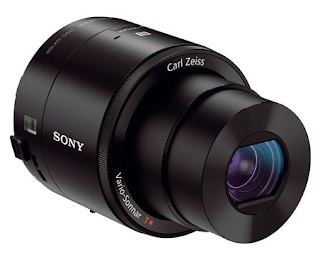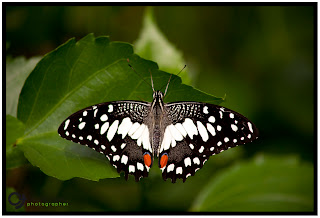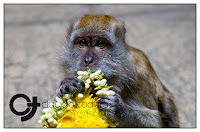 |
| A B&W image by Claudio Todaro |
The first and quickest way is to set our camera in B&W mode, this is quick, this works but it has a very important downside, it is very difficult to add the colours later on.
In my opinion, it is much better to have the option to choose the best between two different kind of colour grades in postproduction instead to have just one kind of image type.
Therefore, the other most effective way is to use one of the many photo editing software (GIMP, Photoshop, Elements...) to change the "Saturation" value to "-100" (or "zero" - this value is related to the software of your choice).
Please find an example below.
Before After
Once the "Saturation" has been set then we can change other parameters such as "Exposure", "Temperature", "Tint" and "Contrast", accordingly with the actual image and our personal taste.
For example, moving the "Tint" cursor/value from one side to the other we will notice how the density of the image increase or decrease.
Please find below the final result of the above example:
 |
| B&W from colour image - photo by Claudio Todaro |
Feel free to follow this blog and ask any questions... remember that answer is not granted





















